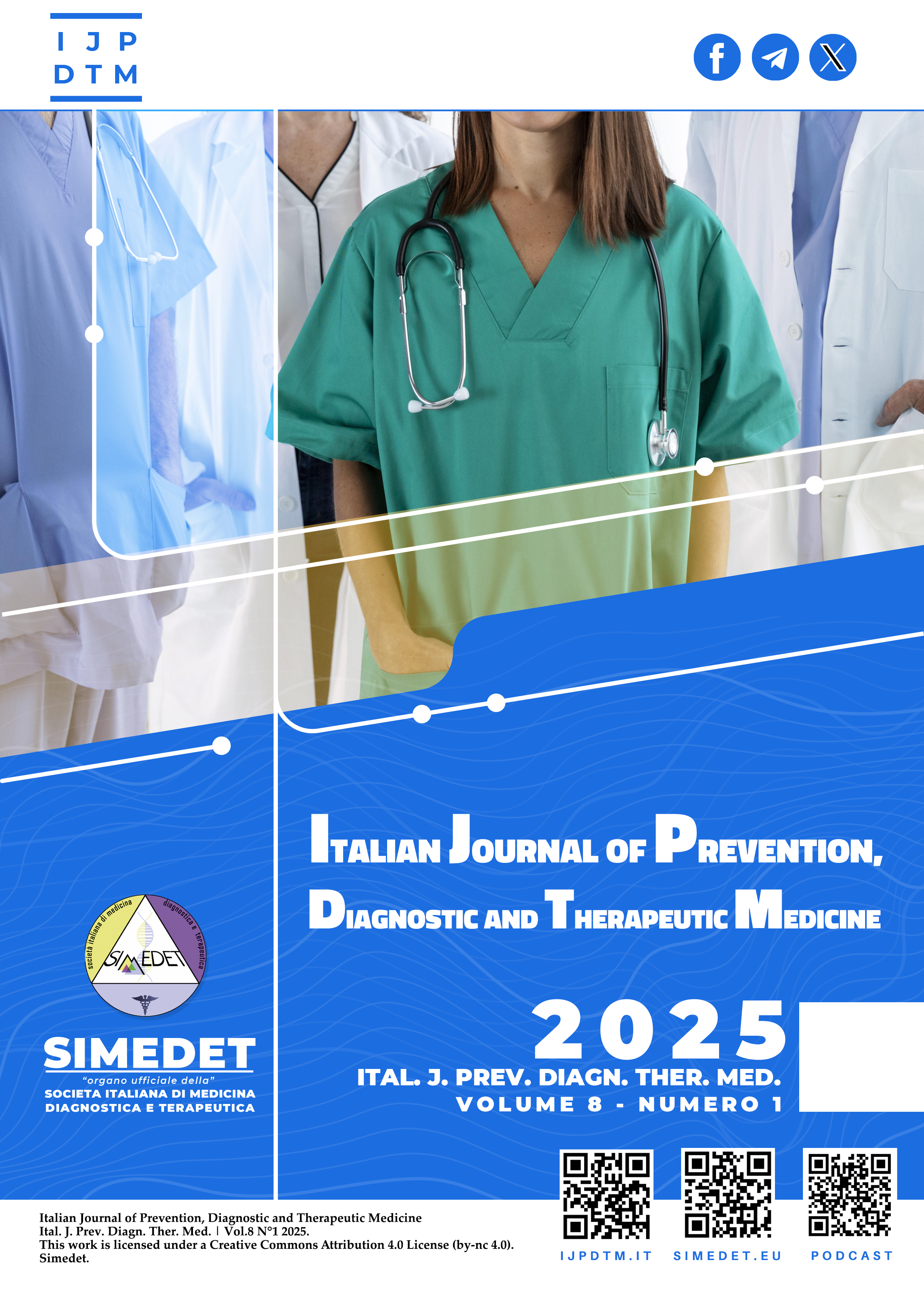Prosthetic Materials A Prestigious Chemistry
Main Article Content
Abstract
Ortopedica prostheses are used to replace parts of bones or entire joints and are designed for long-term application in accordance with biological, functional and morphological biocompatibility in order to perform the required function without negatively interfering with physiological mechanisms.
Orthopedic implants, made of metal and nonmetallic components sometimes cause hypersensitivity reactions. Epoxy resins are essential in dentistry for restoring damaged teeth or replacing missing ones. The ceramic, is a good compromise between mechanical strength and wear.
The heart prostheses are made of pyrolytic carbon to inhibit blood clot formation.
Polymethyl methacrylate found wide use in the production of rigid intraocular lenses for cataract treatment in addition to contact lenses.
Downloads
Article Details

This work is licensed under a Creative Commons Attribution-NonCommercial 4.0 International License.
References
Matthew Barrett Innes Amber Reck Atwater :Reazioni di ipersensibilità all’impianto ortopedico: concetti e controversie Dermatol Clin . Luglio 2020; 38(3):
Lucas L.C., Lemons J.E. Biodegradation of restorative metallic systems Int. Res. 1992;6:32–37
Botha S.J. Physical, mechanical, chemical, biological and optimal surface . characteristics for bio-acceptability Dent. Assoc. S. Afr.1997;52(5):273–282.
Armando Del Prete et al L’ipersensibilità ai metalli in ortopedia: epidemiologia, protocollo diagnostico e scelta dell’impianto; Giornale Italiano di Ortopedia e Traumatologia 2015;41:23-29.
Carla Renata Arciola, Davide Campoccia, Lucio Montanaro; Implant.infections:adhesion, biofilm formation and immune evasion Nature Reviews Microbiology 2018 volume 16, pages397–409 2018
Joana Barros, Fernando Jorge, Montero Maria Pia; Ferraz Bioengineering Approches to Fight Against Orthopedic Biomaterial Related-infections Int J Mol SCI 2022;1;23(19):11658
Deepa Garg , Deepak Kumar , Sakshi Paliwal , Anil Kumar,Pinnaka , Abhay Sachdev , Ishita Matai : Self-adhesive poly-l- lysine/tannic acid hybrid hydrogel for synergistic antibacterial activity against biofilms Int J Biol Macromol 2024 Oct;278(Pt
Spencer K Wilhelm 1, et al Polyetylene in total knee arthroplasty: Where are we now? 2018 J Orthop Surg 2018 May-Aug;26
Rounak Bhattacharya, Kaushik Mukherjee,Bidyut Pal: Polyethylene in Orthopedic Implants: Recent Trends and Limitations. January 2021 In book: Reference Module in Materials Science and Materials Engineering
Jarrett BT, Cofske J , Rosenberg A E , Oral E , Muratoglu O, Malchau H: In vivo biological response to vitamin E and vitamin-E-doped polyethylene. J Joint Surg Am 2010 Nov 17;92(16):2672-81.
Lijoi F, Brandolini F, Giordano G, Razzaboni P. Ceramica-polietilene addizionato con vitamina E nell’artroprotesi d’anca: dalla letteratura alla clinica. Giornale Italiano di Ortopedia e Traumatologia, agosto 2011;37(suppl.1):33-32.
Gigante A, Bottegoni C, Ragone V, Banci L: Effectivenessof Vitamin-E-Doped Polyethylene in Joint Replacement: A Literature Review J Funct Biomater . 2015 Sep 8;6(3):889-900.
Atsuomi Shundo Satoru Yamamoto Keiji Tanaka Network Formation and Physical Properties of Epoxy Resins for Future Practical Applications, 2022 JACS au n 9;2(7):1522–1542.
Russel Giordano: Ceramics overview Br Dent J 2022 May;232(9)658-663.
Butchart EG, Hui-Hua L, Payne N, et al. Twenty years experience with Medtronic Hall valve. J.Thorac Cardiovasc Surg. 2001; 121:1090-1100
Quanchao Zhang et al: Fabrication of a gradient hydrophobic surface with parallel ridges on pyrolytic carbon for artificial heart valves; Colloids Surf B Biointerfaces 2021 Sep:205:111894.
Kwon YR, Hwang YN, Kim SM. Posterior Capsule Opacification after Cataract Surgery via Implantation with Hydrophobic Acrylic Lens Compared with Silicone Intraocular Lens: A Systematic Review and Meta-Analysis. Journal of ophthalmology. 2022;2022:3570399

